
Any driver would be familiar with the idle speed mode of a car. But when the idle speed doesn’t feel right, there are copious reasons that call for idle air control valve symptoms.
Improper caring and skipping the repairs are the crucial reasons that cause car idling.
Let us talk about a bad idle air control valve’s symptoms by putting forward the question: What happens when the idle air control valve goes bad?
But first, to understand the symptoms, we need to get the patient’s hang.
In this case, we need to understand the idle air control valve before digging into idle air control valve symptoms.
Download PDF: VALVE SELECTION HANDBOOK | PDF
What Is Idle Air Control Valve (IAC valve)?
An idle air control valve, or more commonly known as an idle air control actuator, is a small device that controls the engine’s idling rotational speed in any car.
The idling rotation speed of the engine is how fast the engine runs when the car stays still.
It has the unit as revolutions per minute/revs per minute/RPM.

Cadillac Oldsmobile Deville Eldorado Aurora 4.6L
Why does this valve control air?
Because it precisely adjusts the amount of air allowed into the intake during idle to regulate the engine speed.
The intake mentioned here is just an opening for the air to come into the engine.
The IAC valve is an electrically controlled device, which in turn is controlled by the engine computer, and the exact computer name is the engine control unit (ECU).
Read More: ECU CHIP TUNE | IGNITION TIMING | INCREASE HORSEPOWER
For bypassing the throttle or operating the throttle butterfly valve, the valve is fitted somewhere.
Throttle here is just a mechanism to manage airflow by the use of constriction or obstruction.
Regarding its construction, the IAC valve includes a linear servo actuator, namely a servomotor, whose task is to control a plunger to vary airflow through the throttle.
This servomotor is a combination of a digital optical encoder, lead screw, and a DC motor.
What controls the airflow is the position of the servomotor.
This position is precisely managed digitally by the engine computer.
We have gone through the IAC valve’s nature, including definition, purpose, structure, and overall operating principle.
The next part will guide us through detailed steps on the way it works.
How Does The IAC Valve Work?
Please note that each manufacturer designs a different type of IAC valve, but as the IAC work is divided into four steps, they share the same operating principles.
Step 1:
In most cases, the IAC valve is installed on the throttle bore to adjust the engine’s air intake into idle mode.
The power control module got feedback data from sensors to command the air passage open or close.
Remember that the valve will not be used and have nothing to do with the engine at speed over idle mode.
The idle speed of the engine is designed to be constant and fixed.
Step 2:
When airflow blows through the IAC valve, the air volume will be adjusted by the opened/closed ports inside the valve.
A gasket seals these ports to prevent air leaks.
Some valves have a part using coolant to cool down the air at 85 Celcius degree to improve the air intake volume.
Step 3:
When the IAC valve is running, the airflow bypasses the valve through the passage in front of the butterfly.
Then it comes into the throttle bore by the passage next to that; at this time, the butterfly is closing completely.
Step 4:
Due to a regular vast volume of air passing through the valve, a condition called coking augments and hampered the operation of the valve.
To avoid idle air control valve symptoms, cleaning the valve frequently is, therefore, a must.
Symptoms Of A Bad Or Failing IAC Valve
Having understood the way the IAC valve works, it would be much easier for us to get to know the natures of some symptoms that call for an idle air control valve, which are:
1. Fluctuating speed
The air control valve manages the idle speed of a car engine.
A damaged air valve will wallop the power resulting in fluctuation of the idle speed.
One might not be able to control the speed anymore.
Staying at one constant speed becomes more than difficult when the power starts to fluctuate.
Alteration of Speed is one of the imperative idle air control valve symptoms.
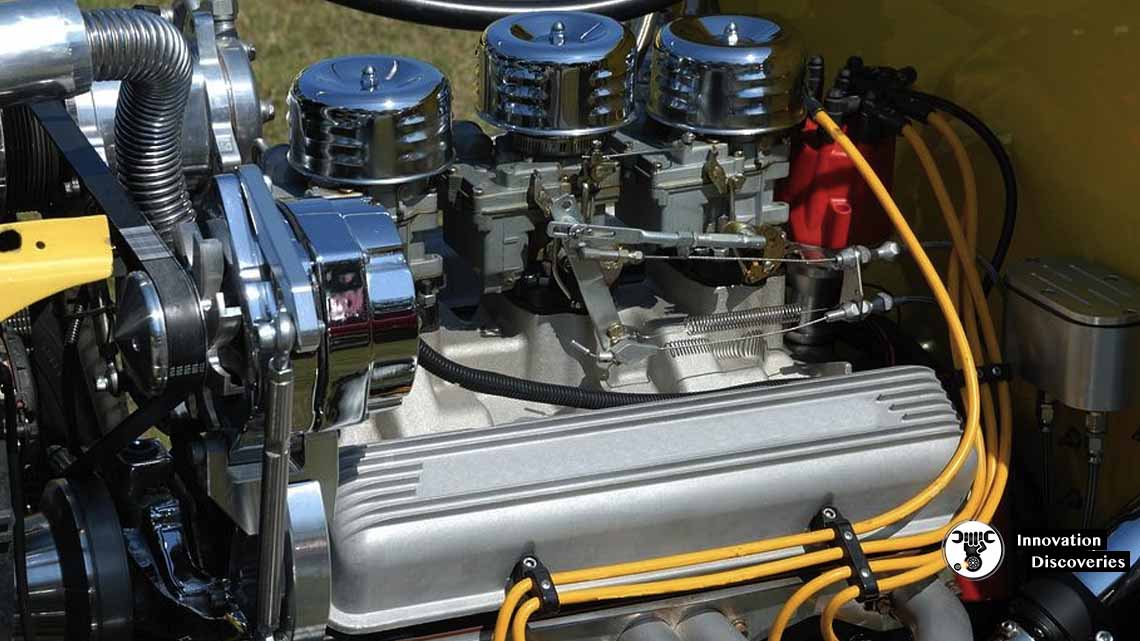
2. Engine Freezing
Stalling or freezing the engine is another one out of idle air control valve symptoms leading to a “not moving” car.
You might wonder what happens when the idle air control valve goes terrible. The vehicle cannot move in this situation, but the engine runs.
You will not be able to drive the car if stalling happens.
That is because the whole valve system becomes malfunctions after the ignition started.
However, maintenance tips from experts might assist in curing these symptoms.
3. Deeper Step On The Brake Pedal
When no foot force is applied on the accelerator at idle speed, we all know that braking is very subtle to prevent any forward motion.
Any excessive effort on the brake to keep the car standstill at a red light could be the symptoms of a bad IAC valve.
That is due to the engine idling faster than normal, and thus the car is running at a faster idle speed.
As an additional sign-in idle air control valve symptoms, the driver can also try to listen to the idling engine’s sound to see if it is spinning strangely fast and harsh, which is also a good way to help clarify the feel on the brake foot.
4. Damaged Valve
A good-condition or healthy valve smoothens the rides.
But a damaged valve can result in fluctuations and vibrations, causing the vehicle to stop at once.
That is because less air will pass through the valve, and the engine will start shaking vigorously.
That is all about what happens when the idle air control valve goes damaged.
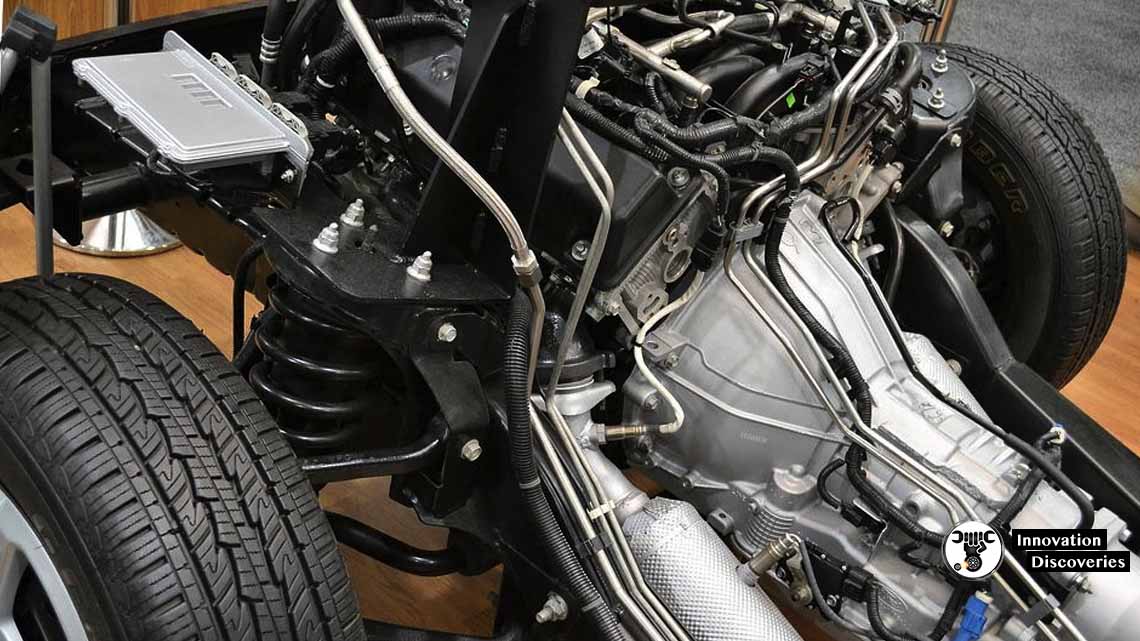
SEE MORE:
5. Overloaded Engine Causing Freeze
There are other reasons for engine stall. When the IAC valve has already malfunctioned, the engine can still run but will bear an increase in load.
If the driver turns on the heater or air conditioner, the engine may become overloaded and come to a halt at once.
Another sign to look for is the steering wheel dragged to one side.
The “first aid” steps are to turn the heater or air conditioner off, wait for a few minutes to get on the road again, and then can turn on the cooled engine again.
However, in terms of idle air control valve symptoms, stay away from the heater and air conditioner this time.
6. Warning Light For Checking Engine
Central computer will activate the “check engine” warning light on the dashboard whenever something wrong happens related to the engine, including the failed idle air control valve.
To explain, in case the engine control unit detects the varying number of revolutions per minute, it will send commands to the dashboard to enable the warning light.
Though idle air control valve symptoms are not always due to the valve’s failure, you had better drive to the nearest auto shop for maintenance.

Three Ways To Check The Idle Air Control Valve After Identifying Symptoms
This section is just for mechanical reference only; we advise you to take your car to a professional garage for quality check-up services.
However, we hope these three ways will be a great help for anybody
who is confident enough to experiment with their cars and for any mechanical apprentices.
1. Check Whether The IAC Valve Can Still Work
After confirming idle air control valve symptoms, get a code scanner to the port under the dashboard to bring up the error codes that make the engine warning light turn—looking up the code’s description to find out the reason.

Then you start the engine and note down the settled idle speed.
Shut off the car, remove the car key, open the hood, find the Idle Control Motor in the valve, and disconnect it.
Follow the instruction to disconnect the motor properly according to the car’s service manual.
Now, start the engine again and note down the settled idle speed this time.
No difference between the two idle speed means the Idle Control Motor is not working.
This method confirms the symptoms of idle air control valves if there is a problem with the idle control motor, Not the problem itself.
2. Identifying What Is Wrong With The IAC Valve
A poorly idling engine may run too fast or too slow or stall.
Start the engine and look at the tachometer on the dashboard.
- A high engine idle:
1000 RPMs is the typical limit for idle speed. Compare the current idle speed of your car to 1000 RPMs.
If it is higher than 1000 RPMs, it is too high.
If you know the car’s normal idle speed, compare it with the current idle speed, and it should be lower then.
- A low engine idle or stalling:
Is the idle on the tachometer lower and more inconsistently than you normally feel and remember?
Is the car sporadically stall? If yes, it may be the consequence of the faulty IAC valve.
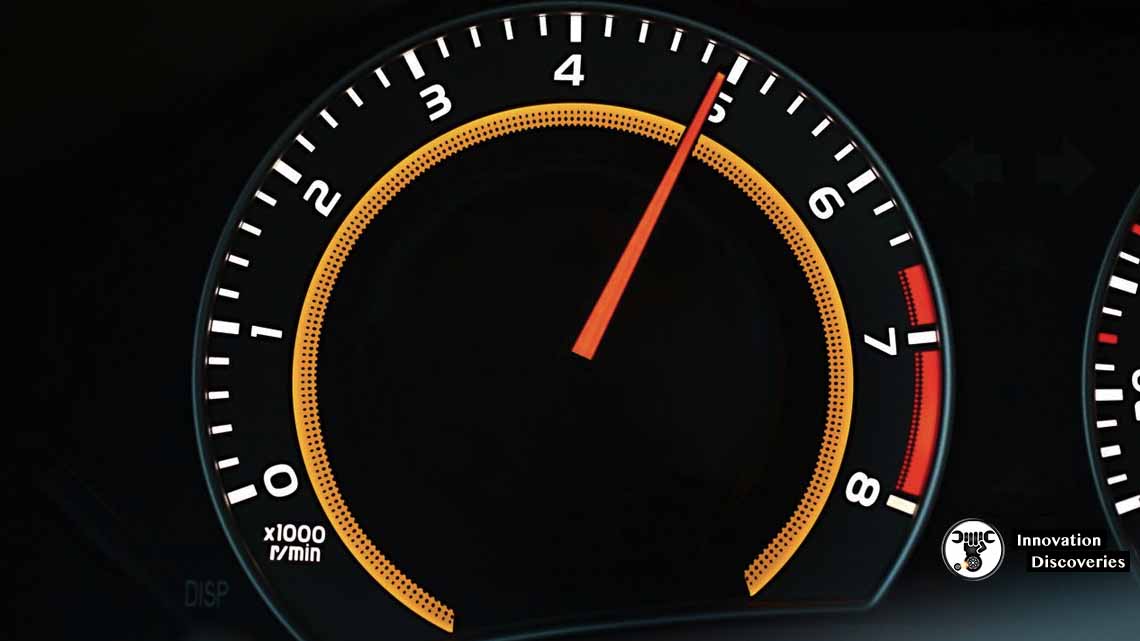
Keep an eye on the tachometer while checking idle speed.
It’s time to diagnose any leaks on the vacuum lines in the engine bay for cracks or worn areas by connecting the line to a vacuum gauge to measure the level and the consistency of the vacuum or spraying a mixture between soap and water on the lines to look for bubbling at the leaking point.
If there are leaks, at the same time, check the “check engine” warning light to confirm the IAC valve problem.
3. Detecting issues for specific makes
i. General Motor
Connect the negative lead of a test light to the car’s body and press the test light into each of the four circuits on the GM idle control motor.
The test light should flash or bright to dim through each circuit while the engine is running.
If there is no flash, ECU is having problems instead of an idle control motor.
If there are flashes, you need to replace the idle control motor in the valve.
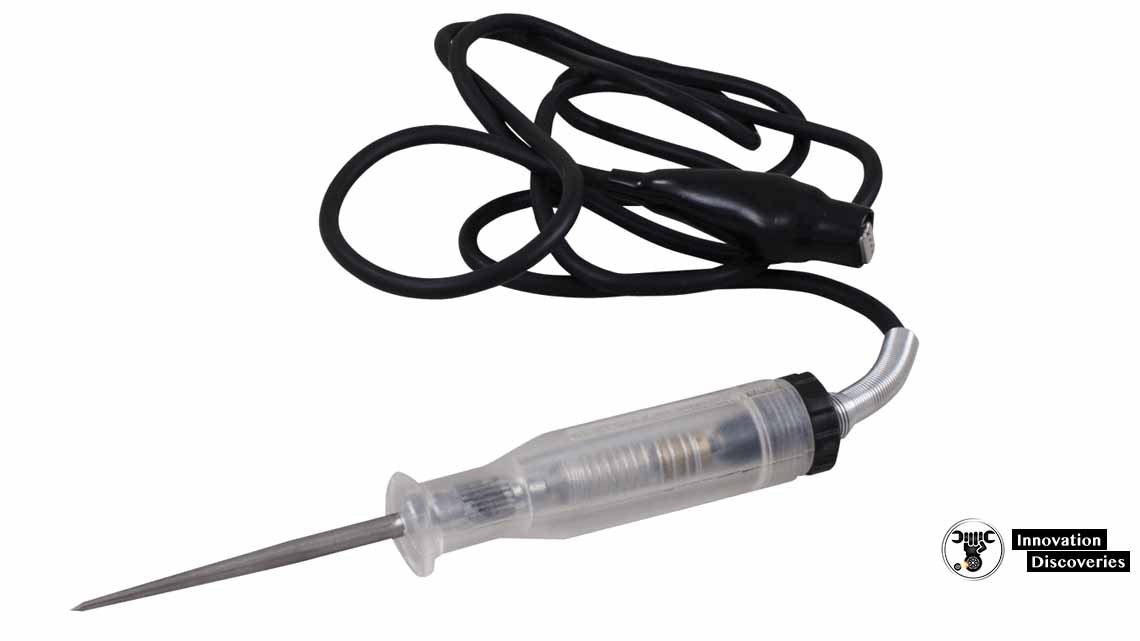
ii. Ford
Find two electrical pins on the solenoid in the idle control motor and connect an Ohm meter to measure the two’s resistance.
The resistance should be between 7.0 to 13.0 ohms, or else the idle control motor needs to be replaced.
iii. Chrysler
Connect a bidirectional scan tool to the same OBD port you are using to connect the code scanner. Increase the idle speed with the scan tool.
If there is no increase, the idle control motor got an issue in its circuit, preventing the signal from changing the idle.
iv. Other popular makes
Other popular car models, including Ford Ranger, BMW, Chevrolet, Honda Civic, especially Nissan Maxima, also appear to be susceptible to this issue within the content mentioned above.
After confirming idle air control valve symptoms, common check-up recommendations would be to clean the valve, or else it may be the computer’s error, circuits or faulty electrical wiring, air leak, or a vacuum leak.
Check the leaking problem before replacing the valve. Though replacing the valve is pricey, but it is entirely worth all your trouble.
Finally
In case of some idle air control valve symptoms, your beloved car needs appropriate care at the right time.
Again, know all of this for quick detection and temporary fix before opting for professional service and repairing at the given time to enjoy those long drives for long.
Visit Forum
Visit Our Friendly Website



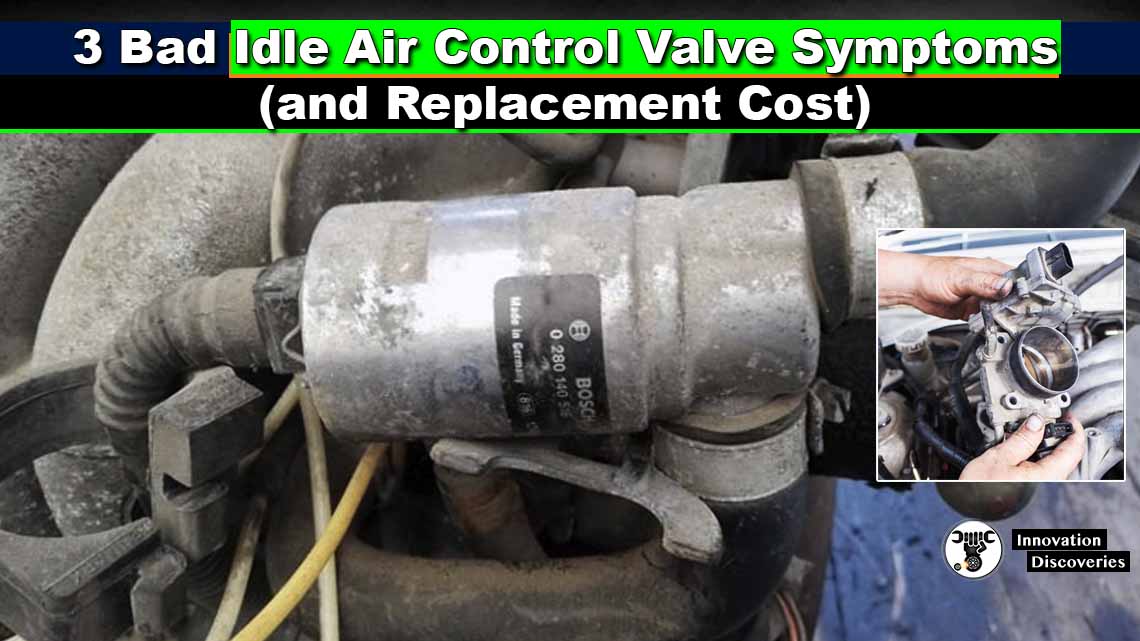

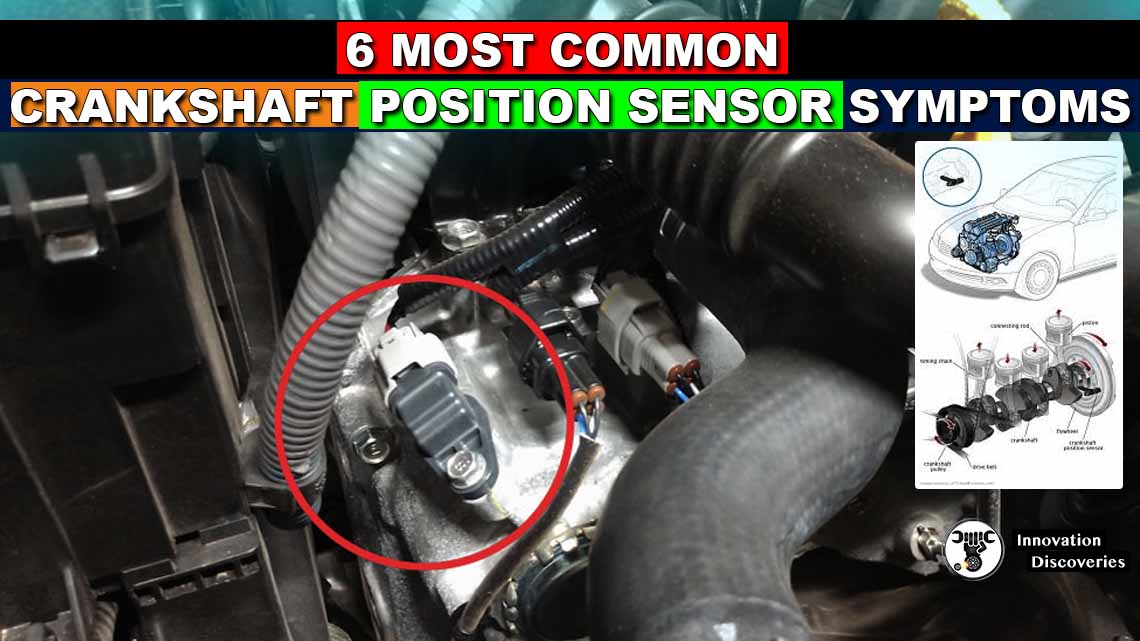
2 Comments